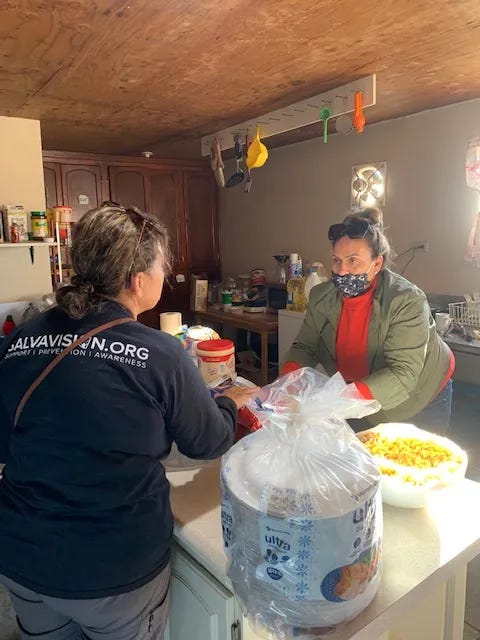On Their Own: Border Humanitarians Respond to a Crisis Created by Governments
“I kept thinking, Who is going to come step up to the plate and help us here?" says Dora Rodriguez, co-founder of a migrant resource center in Sásabe, Sonora.

In September 2020, Tucson-based humanitarians Dora Rodriguez and Gail Kocourek were delivering 700 meals a week to stranded migrants and asylum seekers in the small Mexican border town of Sásabe, Sonora.
Three years lat…
Keep reading with a 7-day free trial
Subscribe to The Border Chronicle to keep reading this post and get 7 days of free access to the full post archives.

